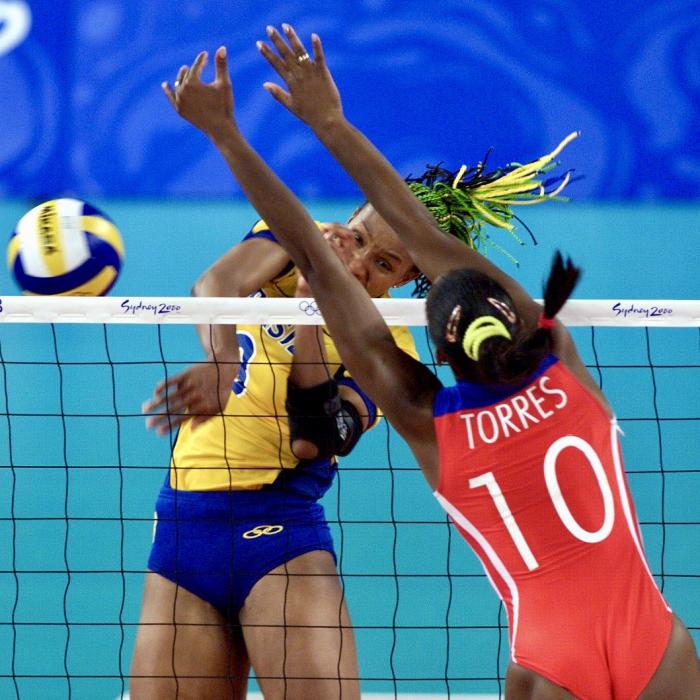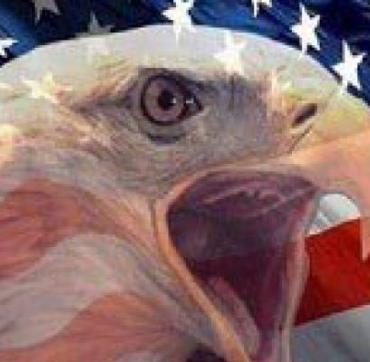February of Spikes and Blocks with Several Hands
especiales

February is a nice month for Cuban volleyball. In that month two its best players were born: Eugenio George Laffita (Baracoa, 2-22-1935 – La Havana, 6-1-2014) and Regla Torres Herrera (La Lisa, 2-12-1975). When you speak about that sport, you have to talk a lot about Cuba. Even before and after the development of this discipline here, it expanded and illuminating development in the universe. All with the root always present in the freedom conquered, and the creative process from it.
Because if you don't know what to do with freedom, you go backwards and even chains threaten it.
In physical culture progress was made at the rate of dreams, especially after the opening of the National Institute of Physical Education, Sports, and Recreation (Inder), on February 23rd, 1961, beginning of the culmination of the land fertilized by the General Directorate of Sports (DGD) since January 13th, 1959, when Captain Felipe Guerra Matos had taken possession as head of the sector. Afterwards all the changes were made official and they went beyond names.

We were supported by the best domestic and external aid. Who dares deny that backbone of the socialist camp with the Soviet Union at its head?
The wall that prevented the access of the people to the branch was torn down. Some sequels are still at play, spiritual, especially, left by that barrier. We advance, we create, we ascend above what was athletic. Without everything being perfect. Volleyball could not be left out of the struggles and achievements. It would never be in Cuba what Pablo de la Torriente Brau in the heat of the Central Americans of Havana 1930 said: «Volleyball, rarely played in Cuba, is nothing more than a sport for fat ladies, won again by skinny boys."
Although coaches fought against this reality —rather passionate with the game —like Jacinto "Tito" del Cueto, progress was little in the mass and the quality. Eugenio and Regla are two knockout blows from that situation, and discrimination based on place of residence, social background and, in her case, by her skin color.
Before the triumph, for a man from Baracoa, a man from Guantanamo, despite his conditions, it was very difficult to be trained, lead, and forge the most brilliant Cuban team of all time, counting all the disciplines: the Spectacular Brunettes of the Caribbean. The set deserved to be considered the greatest of all eras in women's volleyball, but injustice and politicking went hand in hand in most of the expert members of the international commission in charge of the voting: their vote for the greats of the 20th century was received by the Japanese Magical Girls.
Magicals were shaped by Eugenio, chosen as the best coach of the world in the feminine branch in those hundred years. The people always loved deeply this magnificent man, holder of the title of Work Hero of the Republic of Cuba; those who tried to sully him chained to dogma. In the end, his life was spotless: his detractors ate all the spots.
Regla, even more beautiful on the inside than on the outside, never allowed herself to be won over by flattering; she rebelled against what she believed to be wrong and spoke her mind. Such characteristics and that of having sacrificed even her desired maternity to give herself entirely to her sport, they magnify her even more to be chosen the best volleyball player of the 20th century by the commission mentioned. She is a three-time Olympic champion, never on the bench, even when she went to Barcelona 1992 with just 17 years old, where she played all 20 sets. Her own style refined it into effective art.

I add a synthesized text from the historian and journalist Mario Torres de Diego about these two personalities: George the highest entity of volleyball awarded him with the Order of the Gold Collar, he was exalted to World Hall of Fame of Volleyball and distinguished him six times as the most outstanding instructor of the year. His proposal to organize the Grand Prix for women was accepted by the Federation International. Fundamental designer of the Cuban School of Volleyball for women. He occupies a prominent place among the hundred best pedagogues of Cuba. He has been bestowed with countless decorations for his loyalty to the early homeland and the Olympic movement. When he passed away, he was the President of the Cuban Federation of this sport.
Regla shone in the Pan American Games in Havana 1991 and Mar del Plata 1995 and the World Cups of 94 and 98, in this team she was the best blocker. In the winning team of the World Cups of 89 and 91, she received several
distinctions from Inder and the Council of State. She appear among the list of a hundred best Cuban athletes of the 20th century.
Translated by Amilkal Labañino / CubaSí Translation Staff














Add new comment